This book is for current and aspiring machine learning practitioners looking to implement solutions to real-world machine learning problems. This is an introductory book requiring no previous knowledge of machine learning or artificial intelligence. I focused on using Python and the scikit-learn library, and work through all the steps to create a successful machine learning application. The methods I introduce will be helpful for scientists and researchers, as well as data scientists working on commercial applications. You will get the most out of the book if you are somewhat familiar with Python and the NumPy and matplotlib libraries.
Machine Learning: A comprehensive practical approach with innovative concepts is designed to serve as a textbook for the first level course in algorithms and several innovative machine learning concepts that discusses all the fundamental and necessary information related to the important aspects of algorithm study using mathematics and programming language. This book is suitable for undergraduate students of computer science and engineering (CSE) and information technology (IT), as well as for postgraduate students of computer applications. It is also useful for diploma courses, competitive examinations (like GATE) and recruitment interviews for this subject.
KEY FEATURES
• Provides simple and coherent explanations without using excessive theorems, proofs, and lemmas detailed coverage for topics.
• Dedicated chapters on backtracking and branch-and-bound techniques, string matching algorithms and parallel algorithms
• Simple and judicious presentation of algorithms throughout the text in both informal and formal forms, followed by the discussion of their complexity analysis
• Numerous review questions, exercises, and additional problems given at the end of each
• chapter to help readers apply and practice the concepts learnt
• Includes glossary and point-wise summary at the end of each chapter to help readers quickly recapitulate the important concepts
• Provides historical notes on various topics and crossword puzzles at the end of each chapter to elicit learning interest in students
ORGANIZATION OF THE BOOK
The book consists of five chapters. A chapter-wise scheme of the book is presented here.
CHAPTER 1 provides an overview of application of Machine Learning. It introduces all the basic concepts of ML and the fundamental stages of problem-solving. Details of various application of Machine Learning discussed. Construction of a Learning system discussed. The importance of inductive bias also discussed in detail. The chapter ends with the examples.
CHAPTER 2 starts with the basics of Decision Tree Learning: Representing concepts. All the guidelines required for presenting the Experimental Evaluation of Learning Algorithms along with many examples. The focus of this chapter is to provide some practice on writing algorithms.
CHAPTER 3 covers the basics of Computational Learning Theory and Models of learnability. Rule Learning is also discussed in detail. Finally, the chapter ends with the concept of First-order Horn-clause induction (Inductive Logic Programming) and Foil, Learning recursive rules.
CHAPTER 4 discusses about the Artificial Neural Networks. It explains the basics of Support Vector Machines along with the methods for solving them. Kernels for learning non-linear functions are also briefly discussed as part of this chapter.
CHAPTER 5 deals with the fundamental’s concepts related to Bayesian Learning. Instance-Based Learning are also explained in this chapter.
ONLINE RESOURCES
To aid teachers and students, the book is accompanied by online

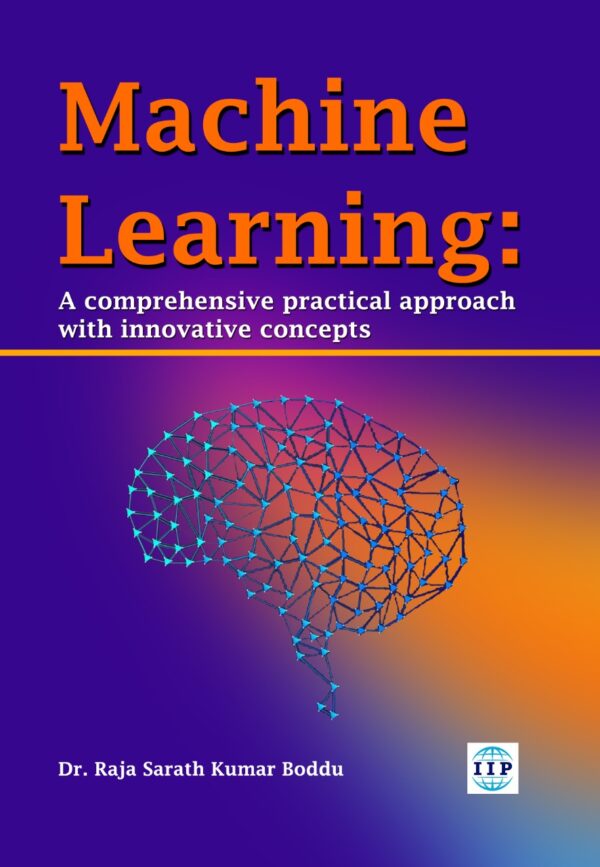
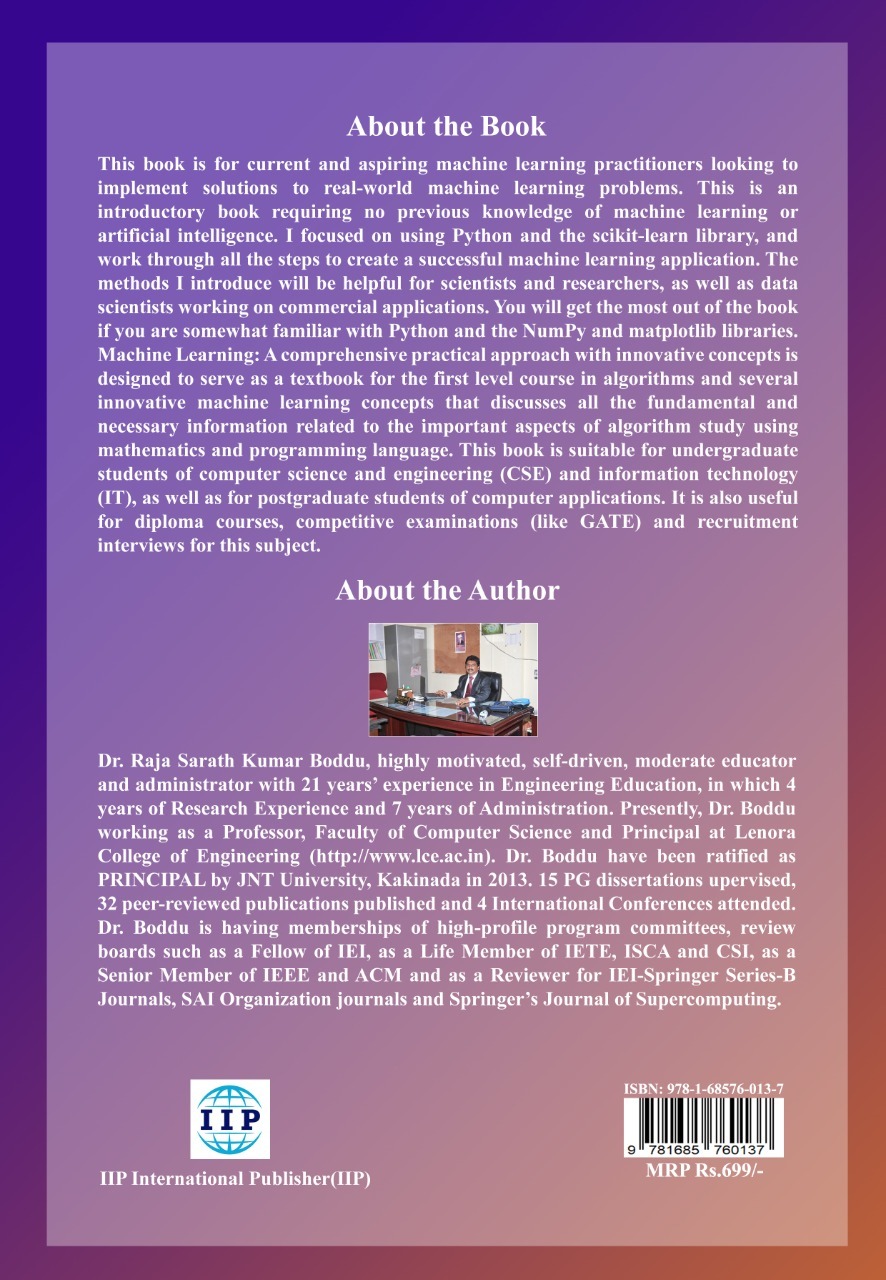
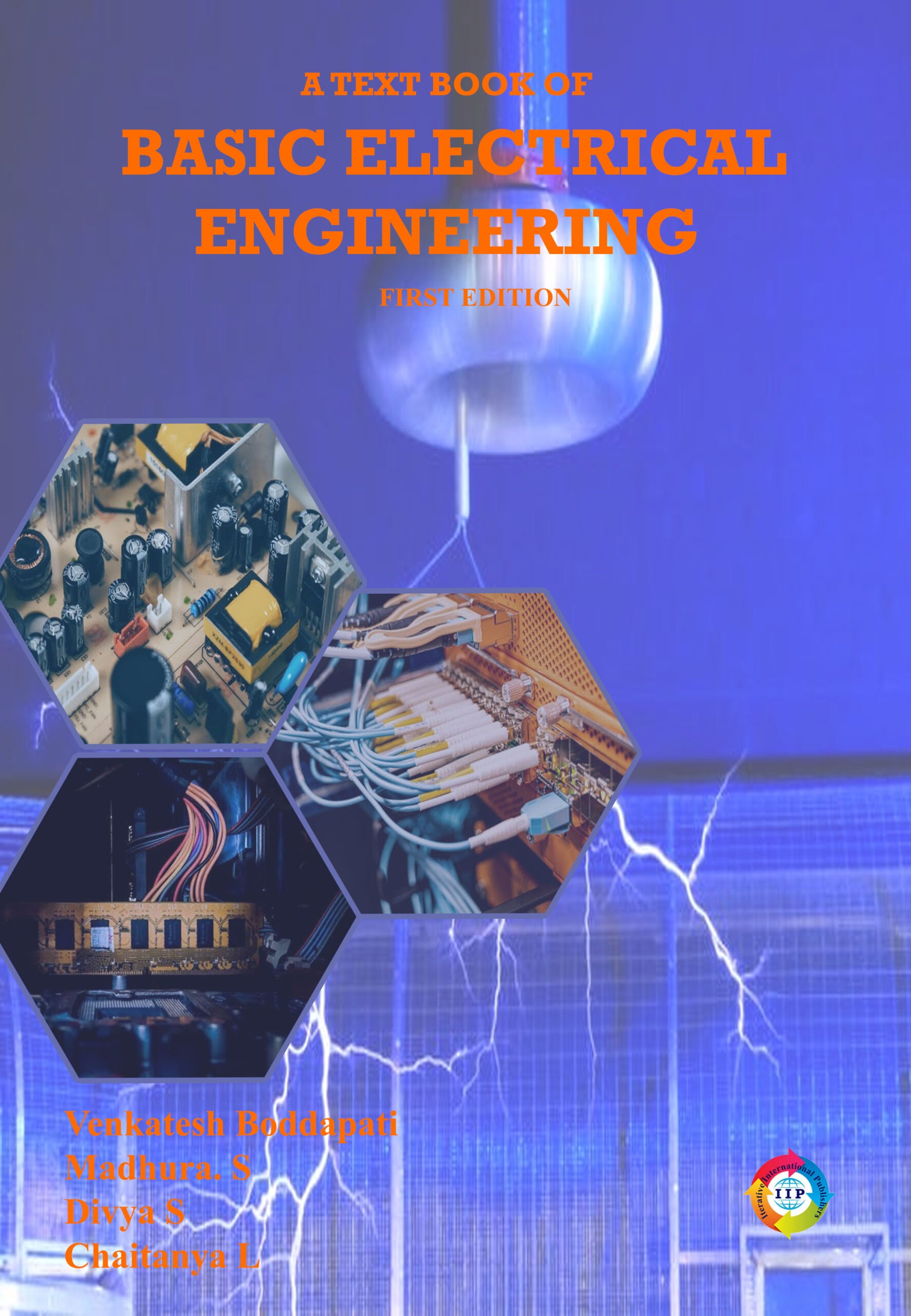
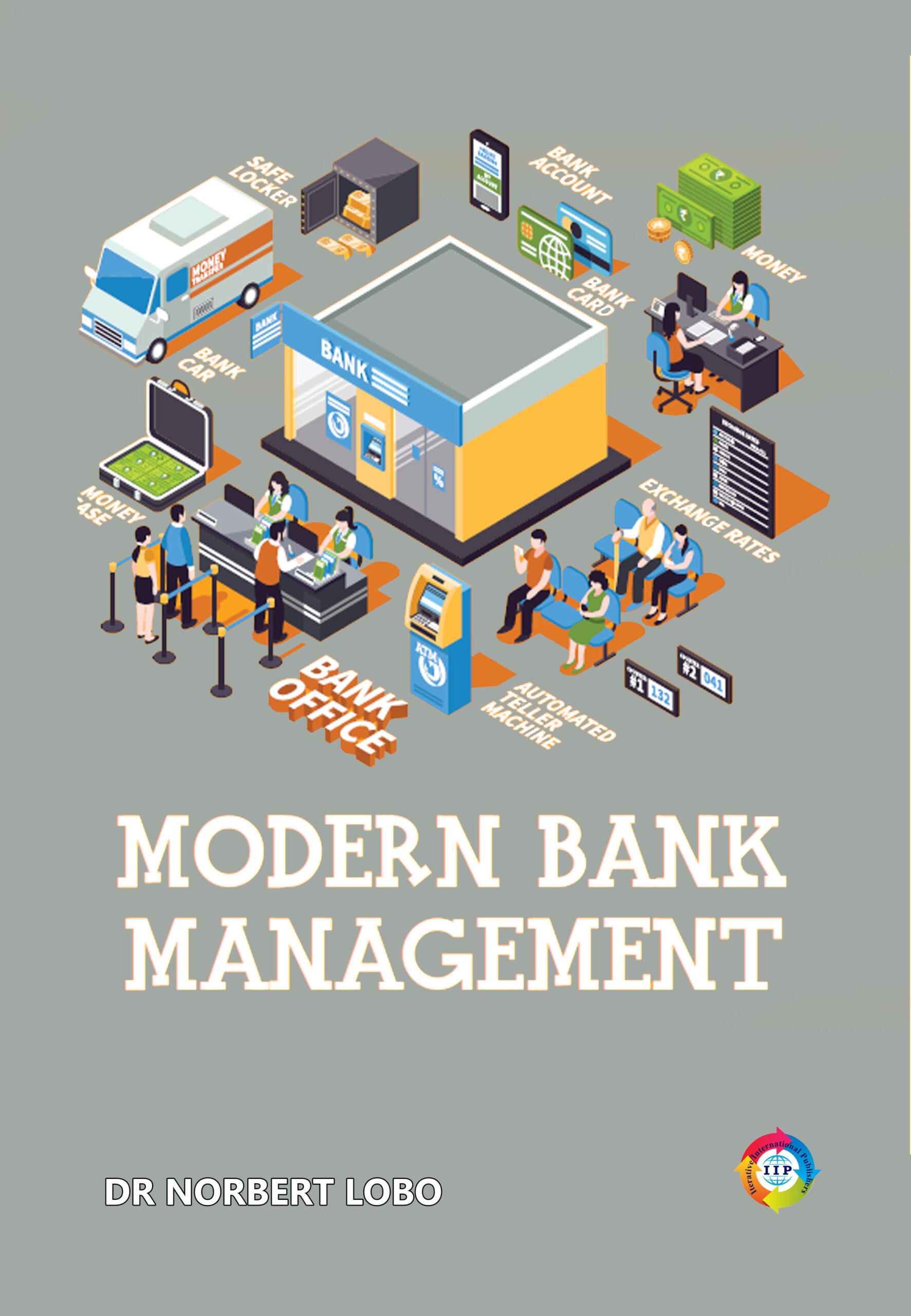
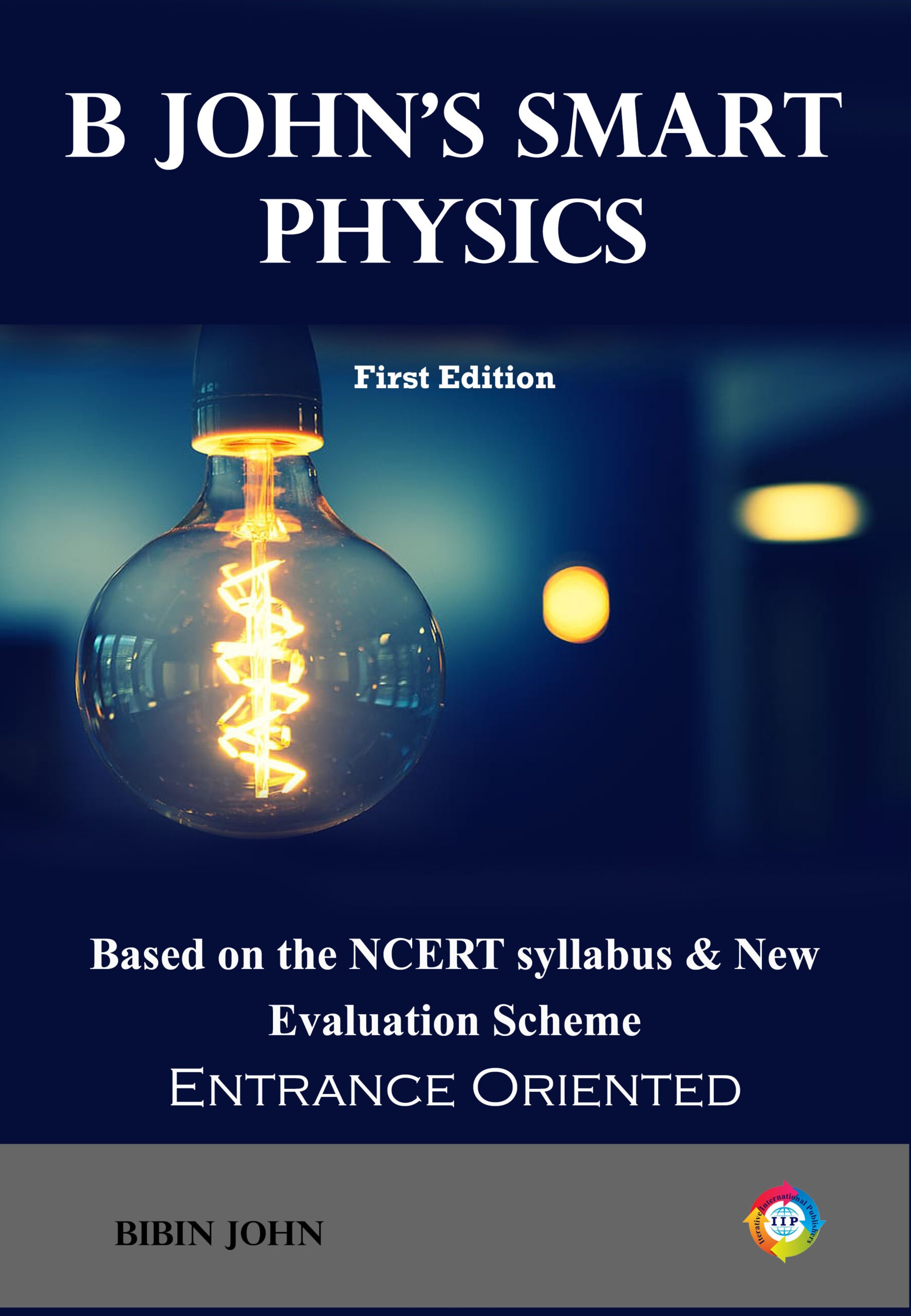

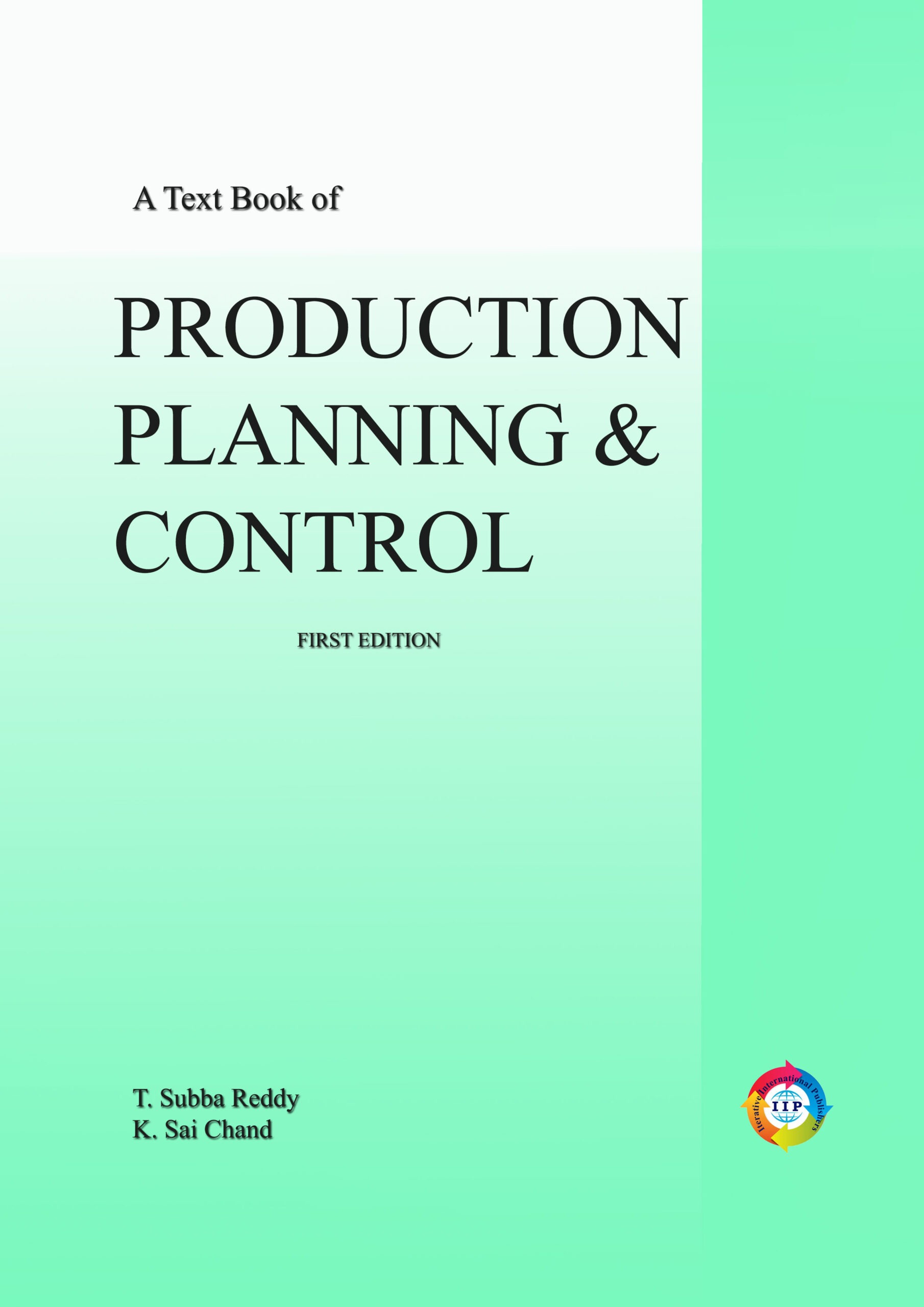
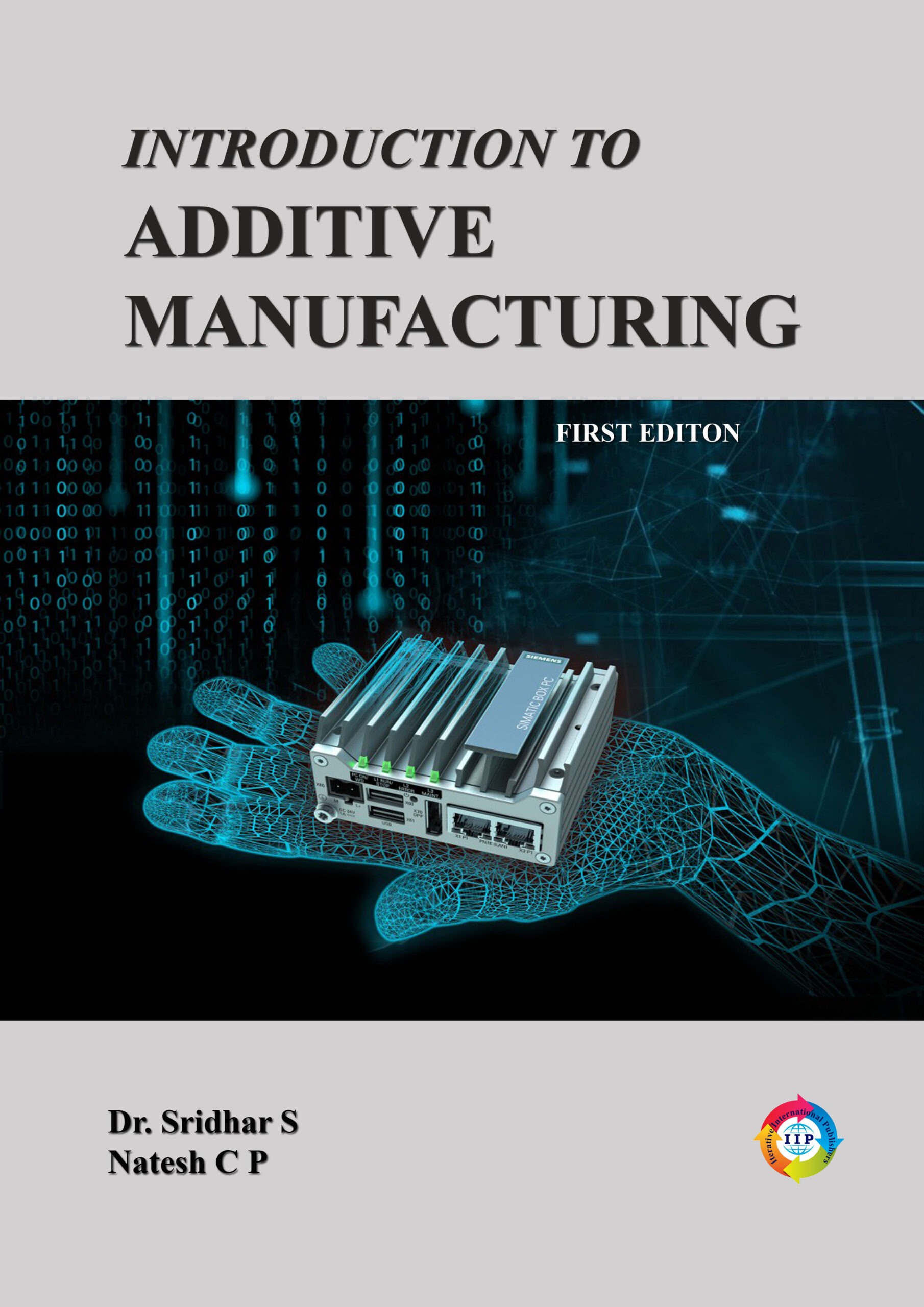
Reviews
There are no reviews yet.